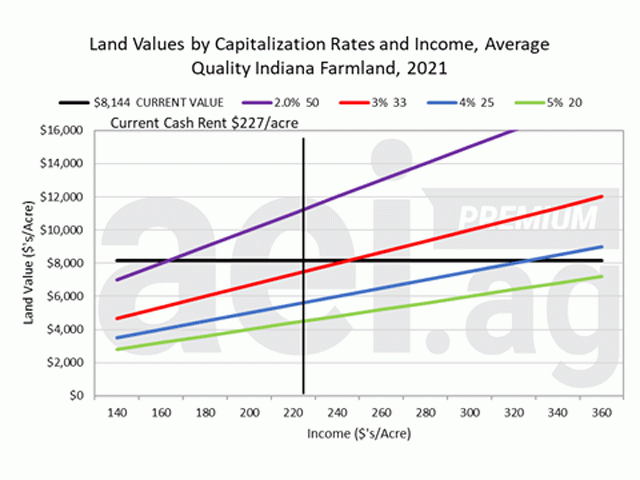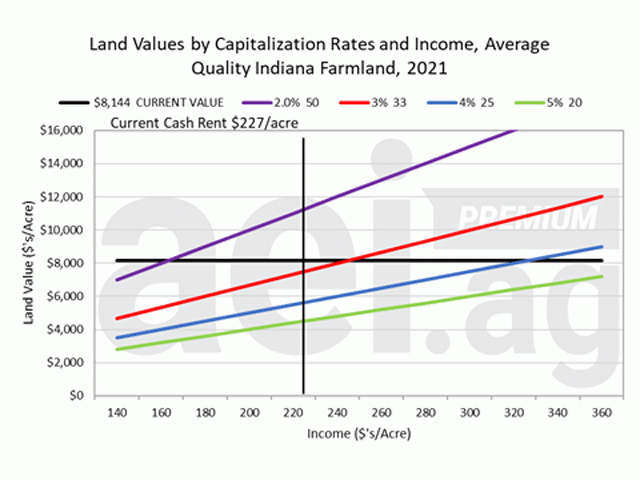Minding Ag's Business
Higher Interest Rates Could Force Farmland Values, Cash Rents to Shift
All eyes are on the Federal Reserve this week as the Federal Open Markets Committee deliberates whether to raise interest rates by 75 basis points, like it did in June, or if it follows a more aggressive path like the Bank of Canada did earlier this month and issues a 100-basis-point increase.
For farmers, higher interest rates make borrowing money more expensive, but compared to the rising prices of fertilizer, fuel and other inputs, the added interest expense on its own is a comparative drop in the bucket. The real question comes at the intersection with land values and cash rents.
David Widmar, a co-founder and managing partner of Agricultural Economic Insights, took a deeper look at the relationship in a recent blog post.
"When buying an asset like farmland, you are essentially buying the rights to a stream of annual earnings," he wrote. "There are three primary considerations around the valuation of that asset: 1) What is the asset's value? 2) What are the annual earnings? And 3) What is the capitalization rate? This is a bit like your high school math class, where if you know two of the variables, you can solve for the third."
P[L1] D[0x0] M[300x250] OOP[F] ADUNIT[] T[]
Widmar created a chart to show the relationship. In 2021, an acre of average-quality farmland in Indiana cost $8,144 to buy and $227 to rent. That put the market capitalization rate at 2.79%, the lowest since the late 1970s. If farmland capitalization increased to 3%, cash rents would climb to $240 per acre.
If higher interest rates pushed the capitalization rate higher, cash rents would need to increase to maintain the farmland's value, or farmland values would need to fall to maintain the cash rental rate. At 4% capitalization rate, rents would need to climb to $320 per acre, or the farmland's value would need to fall to $5,675.
"There is no way of knowing which combination of farmland values, cash rental rates and capitalization rates the future might have in store," he wrote, adding that the chart is useful when considering the "what-if" scenarios.
Widmar said small changes in interest rates or capitalization rates wouldn't require big changes in rents or land values; but large changes -- over 100 basis points -- would.
"Given rates are very low, the effect on valuations could be significant. An additional consideration would be how quickly a change in rates might unfold," he wrote.
"Lastly, this exercise considers single adjustments. In reality, the farmland market will be adjusting to simultaneous changes in capitalization rates and cash rents. This is important because changes in the farm economy outlook -- i.e. cash rents -- could exacerbate and dampen any adjustments in farmland values."
You can read more of Widmar's thoughts on asset valuations and interest rates here: https://aei.ag/….
Katie Dehlinger can be reached at Katie.Dehlinger@dtn.com
Follow her on Twitter @KatieD_DTN
(c) Copyright 2022 DTN, LLC. All rights reserved.






Comments
To comment, please Log In or Join our Community .